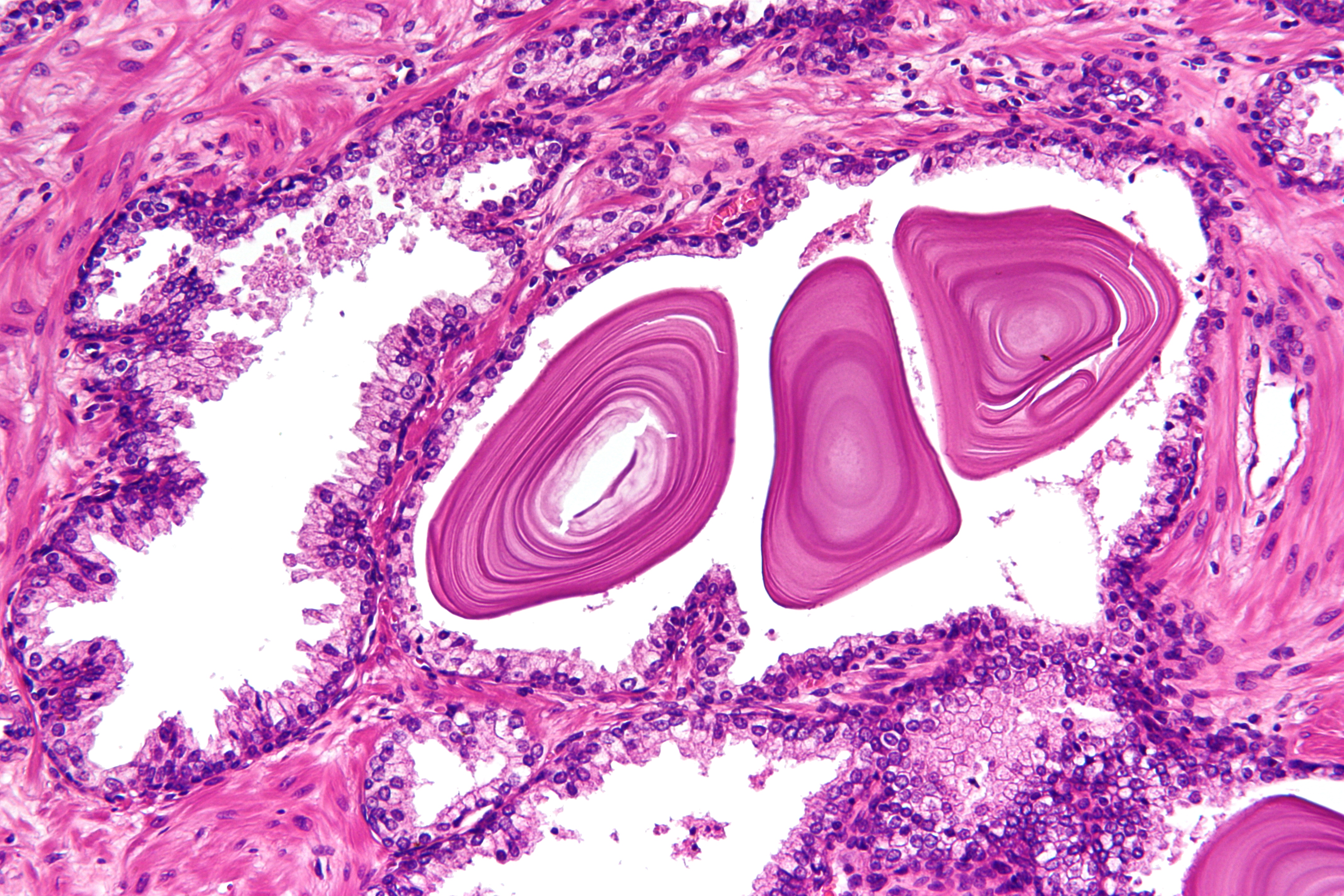|
Prostatic Sinus
On either side of the urethral crest is a slightly depressed fossa, the prostatic sinus, the floor of which is perforated by numerous apertures, the orifices of the prostatic ducts from the lateral lobes of the prostate The prostate is both an accessory gland of the male reproductive system and a muscle-driven mechanical switch between urination and ejaculation. It is found only in some mammals. It differs between species anatomically, chemically, and phys .... References External links * - "The Male Pelvis: The Prostate Gland" * () Prostate {{genitourinary-stub ... [...More Info...] [...Related Items...] OR: [Wikipedia] [Google] [Baidu] |
Urethral Crest
The urethral crest is an anatomical feature present in the urinary system of both males and females. In males, the urethral crest is known as the ''crista urethralis masculinae'', or the ''crista phallica'', and is a longitudinal fold on the posterior wall of the urethra extending from the uvula of the bladder through the prostatic urethra. It is from 15 to 17 mm. in length, and about 3 mm. in height, and contains muscular and erectile tissue. When distended, it may serve to prevent the passage of the semen Semen, also known as seminal fluid, is an organic bodily fluid created to contain spermatozoa. It is secreted by the gonads (sexual glands) and other sexual organs of male or hermaphroditic animals and can fertilize the female ovum. Semen ... backward into the bladder. In females, it is known as the ''crista urethralis femininae'', and is a conspicuous longitudinal fold of mucosa on the posterior wall of the urethra. Additional images File:Prostate - G ... [...More Info...] [...Related Items...] OR: [Wikipedia] [Google] [Baidu] |
Fossa (anatomy)
In anatomy, a fossa (; plural ''fossae'' ( or ); from Latin ''fossa'', "ditch" or "trench") is a depression or hollow, usually in a bone, such as the hypophyseal fossa (the depression in the sphenoid bone).Venieratos D, Anagnostopoulou S, Garidou A., A new morphometric method for the sella turcica and the hypophyseal fossa and its clinical relevance.;Folia Morphol (Warsz). 2005 Nov;64(4):240-7. Some examples include: In the Skull: * Cranial fossa ** Anterior cranial fossa ** Middle cranial fossa *** Interpeduncular fossa ** Posterior cranial fossa * Hypophyseal fossa * Temporal bone fossa ** Mandibular fossa ** Jugular fossa * Infratemporal fossa * Pterygopalatine fossa * Pterygoid fossa * Lacrimal fossa ** Fossa for lacrimal gland ** Fossa for lacrimal sac * Mandibular fossa * Scaphoid fossa * Jugular fossa * Condyloid fossa * Rhomboid fossa In the Mandible: * Retromolar fossa In the Torso: * Fossa ovalis (heart) * Infraclavicular fossa * Pyriform foss ... [...More Info...] [...Related Items...] OR: [Wikipedia] [Google] [Baidu] |
Prostatic Ducts
The prostatic ducts (or prostatic ductules) open into the floor of the prostatic portion of the urethra, and are lined by two layers of epithelium, the inner layer consisting of columnar and the outer of small cubical cells. Small colloid masses, known as amyloid bodies are often found in the gland tubes. They open onto the prostatic sinus. See also * Prostate The prostate is both an accessory gland of the male reproductive system and a muscle-driven mechanical switch between urination and ejaculation. It is found only in some mammals. It differs between species anatomically, chemically, and phys ... References External links * - "The Male Pelvis: The Prostate Gland" Prostate {{genitourinary-stub ... [...More Info...] [...Related Items...] OR: [Wikipedia] [Google] [Baidu] |
Prostate
The prostate is both an accessory gland of the male reproductive system and a muscle-driven mechanical switch between urination and ejaculation. It is found only in some mammals. It differs between species anatomically, chemically, and physiologically. Anatomically, the prostate is found below the bladder, with the urethra passing through it. It is described in gross anatomy as consisting of lobes and in microanatomy by zone. It is surrounded by an elastic, fibromuscular capsule and contains glandular tissue as well as connective tissue. The prostate glands produce and contain fluid that forms part of semen, the substance emitted during ejaculation as part of the male sexual response. This prostatic fluid is slightly alkaline, milky or white in appearance. The alkalinity of semen helps neutralize the acidity of the vaginal tract, prolonging the lifespan of sperm. The prostatic fluid is expelled in the first part of ejaculate, together with most of the sperm, because o ... [...More Info...] [...Related Items...] OR: [Wikipedia] [Google] [Baidu] |
